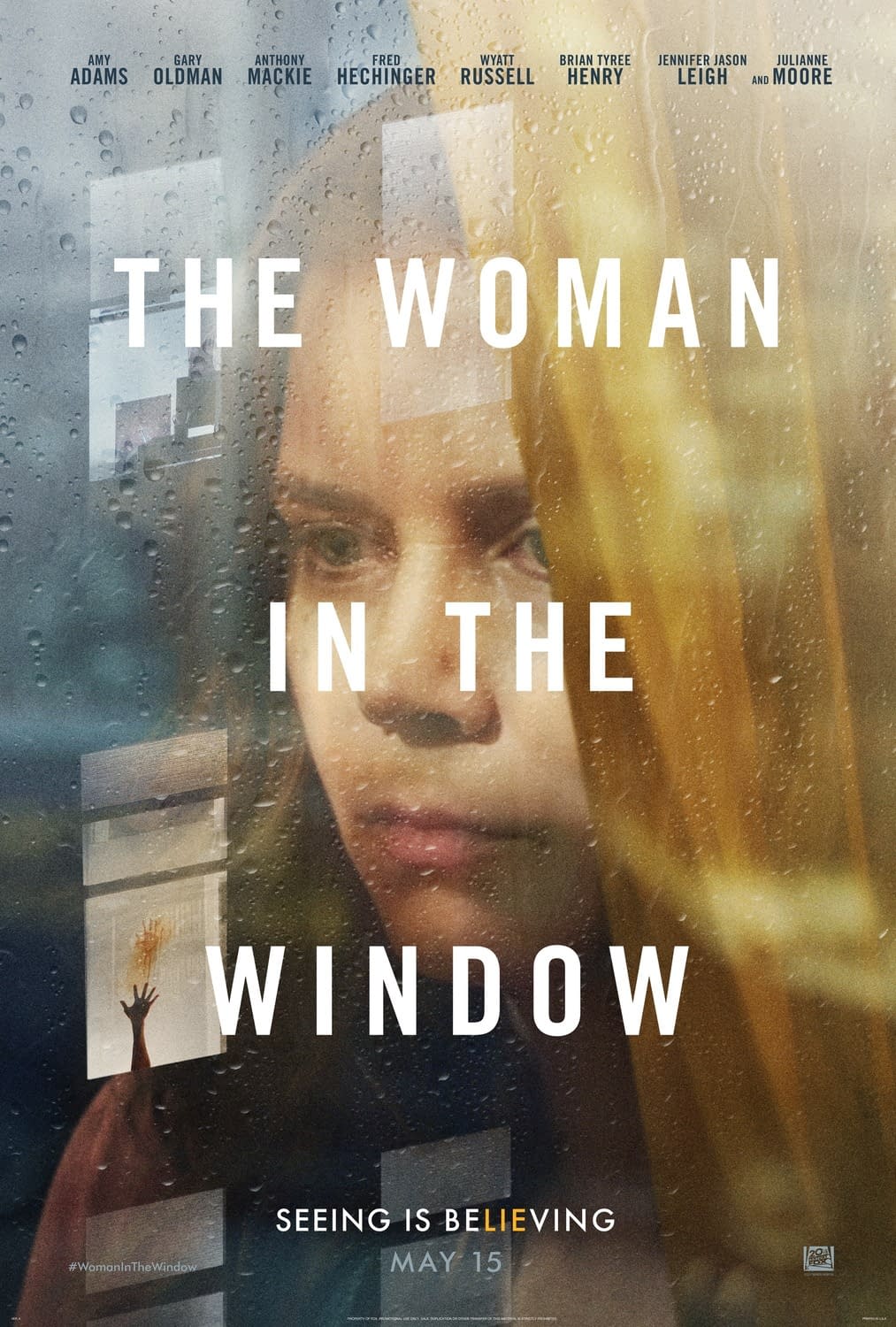
A good novel, when translated into film – may or may not necessarily bring out its essence. This is a debate that Hollywood has been facing since ages. In the last decade, the film industry’s fascination to adapt a bestselling novel for a film has increased manifold. The outcome has been rewarding at times, but not always.
Recently, the much-anticipated The Woman in the Window premiered on Netflix. Directed by Joe Wright and starring Amy Adams, the film is an adaptation of AJ Finn’s controversial bestselling thriller of the same name.
The filmmaker has previously adapted Pride and Prejudice, Atonement and Anna Karenina. Yet, that seemed to be of little help to save this film from falling flat. Despite having a strong cast, it came across as dull – failing to retain the essence of its literary version.
Well, this hasn’t been the first time that such an occurrence took place in Hollywood. Another recent one being Ben Wheatley’s Rebecca, starring Lily James and Armie Hammer. Released on Netflix, this film was adapted from a 1983 Gothic novel by English author Daphne du Maurier.
Upon its release, the film was criticized for embellishment – to such a level, that the glossy and shiny visual somewhere weighed down the gripping tale, reducing it to a mere shadow of the original one. This has been the case with many adaptations – for instance, The Girl on the Train (adapted from Paula Hawkins’s 2015 bestselling novel), The Golden Compass (adapted from Philip Pullman’s Northern Lights), Doctor Sleep (adapted from Stephen Hawking’s novel of the same name), 50 Shades of Grey (EL James’s novel). The list is an endless one!
On the other hand, there have been times when adaptations were on point, or more so – were superior than the book. The famous Harry Potter franchise (adapted from JK Rowling’s seven-part book series) bears testimony to this. The film’s massive success across the world led to the book’s reselling, and the rest is history.
Among many of Stephen King’s bestsellers, The Shining and IT (Part 1) also can be considered as some of the finest translations from book to screen. The same can be said for Stephenie Meyer’s Twilight, Nicholas Searle’s The Good Liar, Emma Donoghue’s Room, Gillian Flynn’s Gone Girl, Dennis Lehane’s Shutter Island.
Another recent example of an adaptation which has done complete justice to its original version is Little Women. This classic 1869 novel by Louis May Alcott, has been adapted several times – across mediums, in series format, plays or films. Yet the most recent one, directed by Greta Gerwig (released in 2019), stood out for the impeccable narration, and finesse with which the retelling has been done.
Similarly, in 2017, author Andre Aciman’s Call Me By Your Name was translated to film by Italian filmmaker Luca Guadagnino, starring Timothee Chalamet and Armie Hammer. The film’s success proved that the on-screen adaptation has hit all the right notes, and rightly so.
Hollywood’s affinity for literary adaptation definitely is not a new trend, but it has been flourishing even more now. The reason could be the story – which is already loved and appreciated by readers. This gives the makers hope – that the films will receive the same love as its literary version. Moreover, since these books already have a set fanbase, it ensures that the screen version will attract those fans to the theatres too.
Though, more often we get to hear the phrase: “the book was much better than its film version!” This, if we delve deeper, comes from the avid readers or fans of those particular books that got translated to screen. The immersive experience that a novel offers, is often what leads the readers to yearn for the same while watching the film. And owing to the time constraint – the cutting down of a chunk of scenes and characters from the book is commonplace.
However, to those who haven’t read the book – the film might appeal. Keeping all these aside, an adaptation always attracts the audience – as the readers look forward to witnessing their favorite fictional characters come alive on-screen. And the non-readers, after all the hype the film receives – are tempted to turn the pages of that book, or await the film’s release. Thus, it’s a more of a win-win situation, though the final win takes place only when its on-screen adaptation does justice to the novel.
(Cover: The poster of The Woman in the Window)
Rival leagues trigger players’ suspensions and a legal battle in Indian golf, for now
Former Delhi CM Kejriwal criticises Centre, Delhi govt over worsening air pollution, alleges AQI manipulation
Delhi Police raids Nangloi unit producing fake engine oil, seizes over Rs 1 crore worth…
Mukesh Sharma reimagines digital components as living matter in his solo exhibition ‘Decoding Digital DNA’
Nine accused were arrested in coordinated raids as police uncovered organised networks supplying mule bank…
Nearly 1.57 lakh PUC challans issued in two months as Delhi steps up GRAP enforcement…